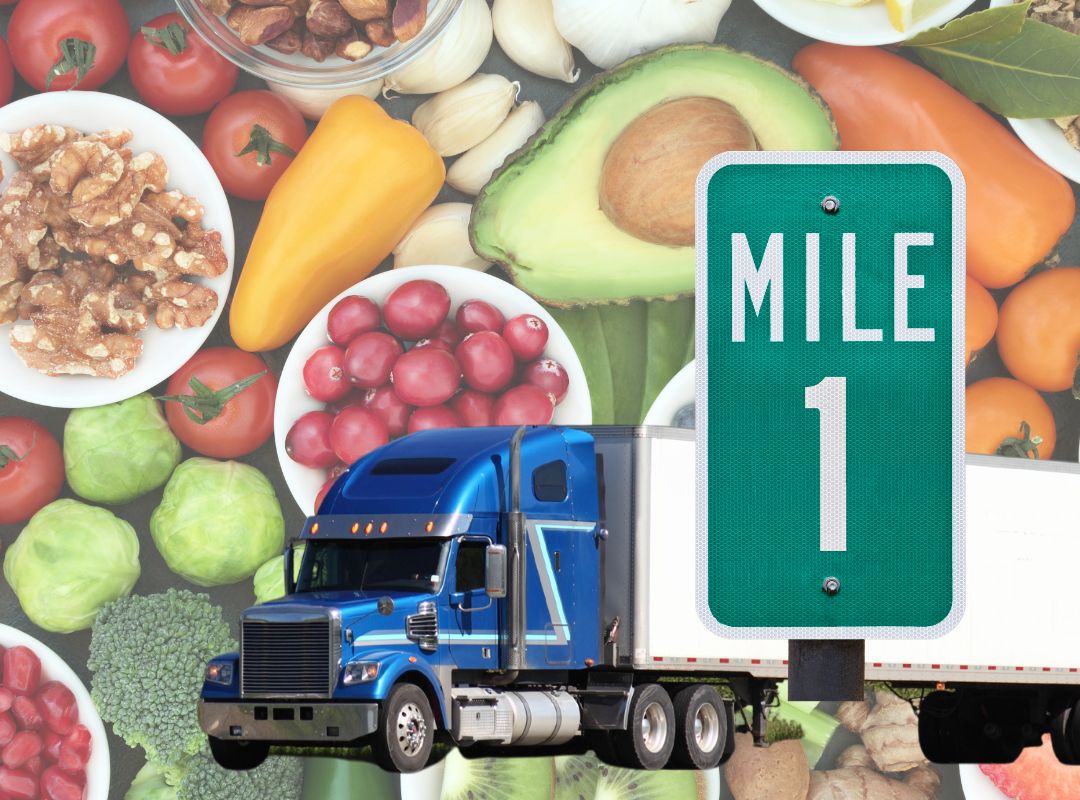
Food: Going the Distance
Students calculate the miles common food items travel from the farm to their plates and discuss the environmental, social, and economic pros and cons of eating local vs relying on a global marketplace for our food.

Students calculate the miles common food items travel from the farm to their plates and discuss the environmental, social, and economic pros and cons of eating local vs relying on a global marketplace for our food.

Explore concepts of sustainability by evaluating the water footprint (WF) of food. Students are introduced to irrigation practices throughout the world, consumptive and non-consumptive water use, and investigate the water requirements for various food crops.
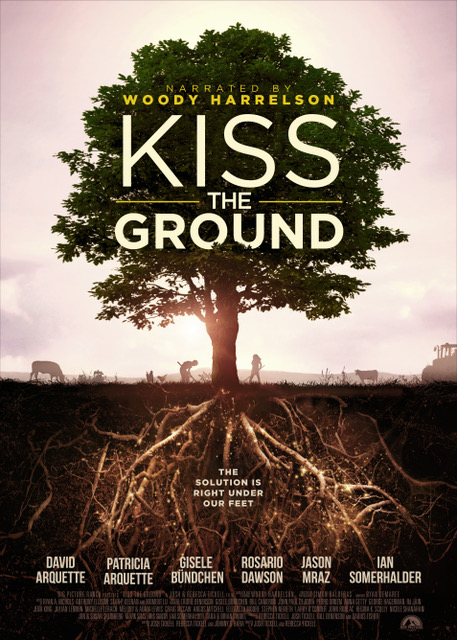
Students will view the 2020 documentary Kiss the Ground to consider the concept of regenerative agriculture as a tool to improve soil health and overall environmental sustainability.

Students explore New World and Old World food origins to discover how the Columbian Exchange altered people’s lives worldwide.
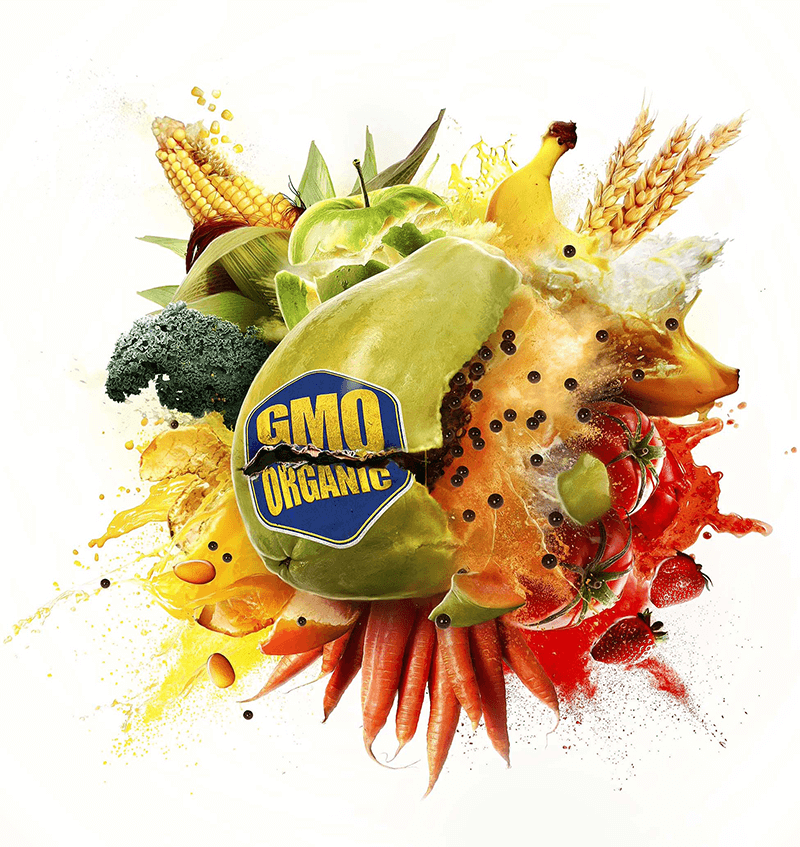
Students will view the 2016 documentary Food Evolution to evaluate the polarized debate surrounding bioengineering (GMOs). In this film director, Scott Hamilton Kennedy travels from Hawaiian papaya groves to Ugandan banana farms, to cornfields in Iowa to document how agricultural technology can be used in such varied crop settings. This lesson covers a socioscientific issue and aims to provide students with tools to evaluate science within the context of social and economic points of view.
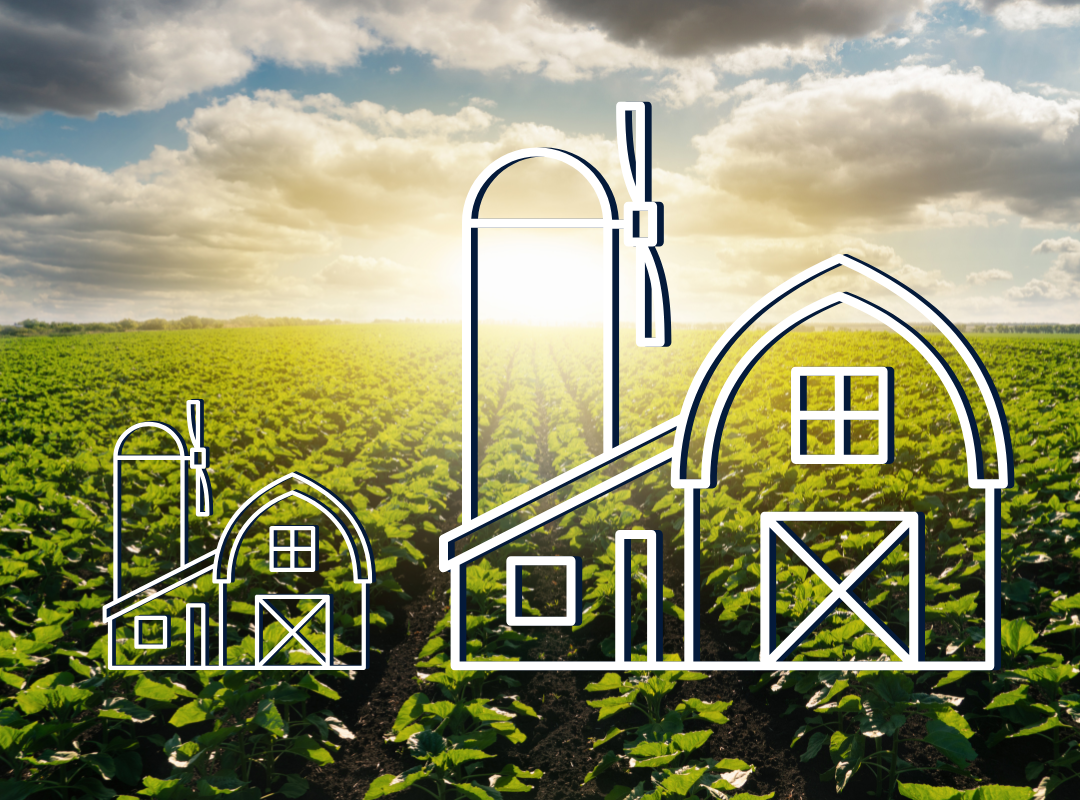
Discover how technological advances and economic forces influence the size of farms in the United States. Evaluate the pros and cons of large-scale agriculture for the production of our food, fuel and fiber and identify the similarities and differences in commercial vs subsistence farming.
Explore modern livestock farming practices and the ecological footprint of meat, milk, and egg production. Evaluate the contributions of the livestock industry and weigh the challenges related to environmental and economic sustainability of animal-source foods in comparison to plant-source foods.

Students evaluate the growth of human populations across time, analyze graphic data to make predictions about future population growth, research country statistics to evaluate demographic transition, and participate in a simulation of a village reliant on subsistence farming. Students begin to develop a sense for the Earth's carrying capacity and how humans have impacted it.
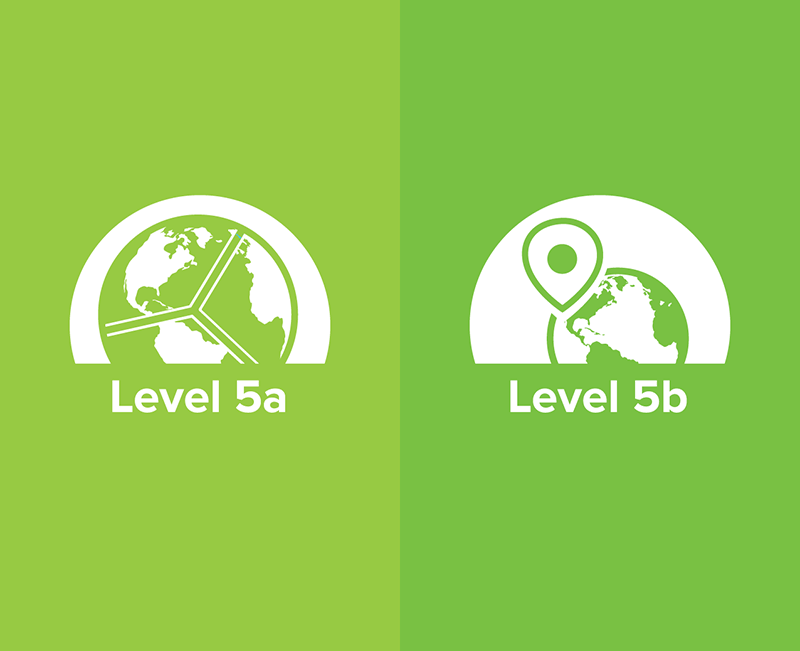
Students will recognize that arable land (ideal land for growing crops) is a limited resource, identify best management practices that can be applied to every stakeholder’s land-use decisions; and analyze and discuss the impacts of food waste on our environment.
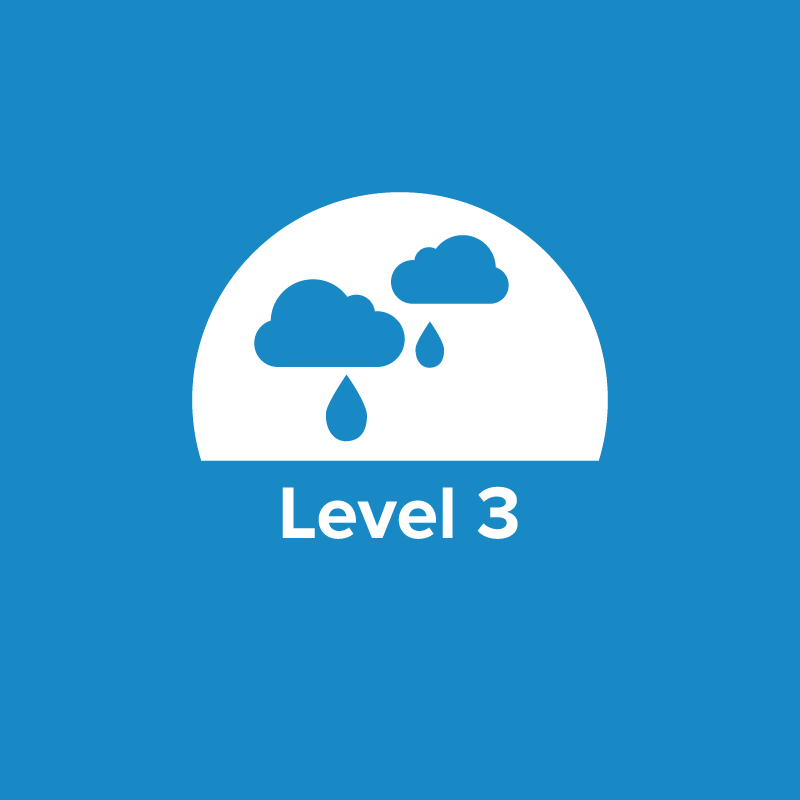
Students will discuss the limited amount of fresh water on earth, identify how best management practices can reduce water consumption, discuss the need for water conservation and protection, and compare and contrast methods of irrigation for water conservation.
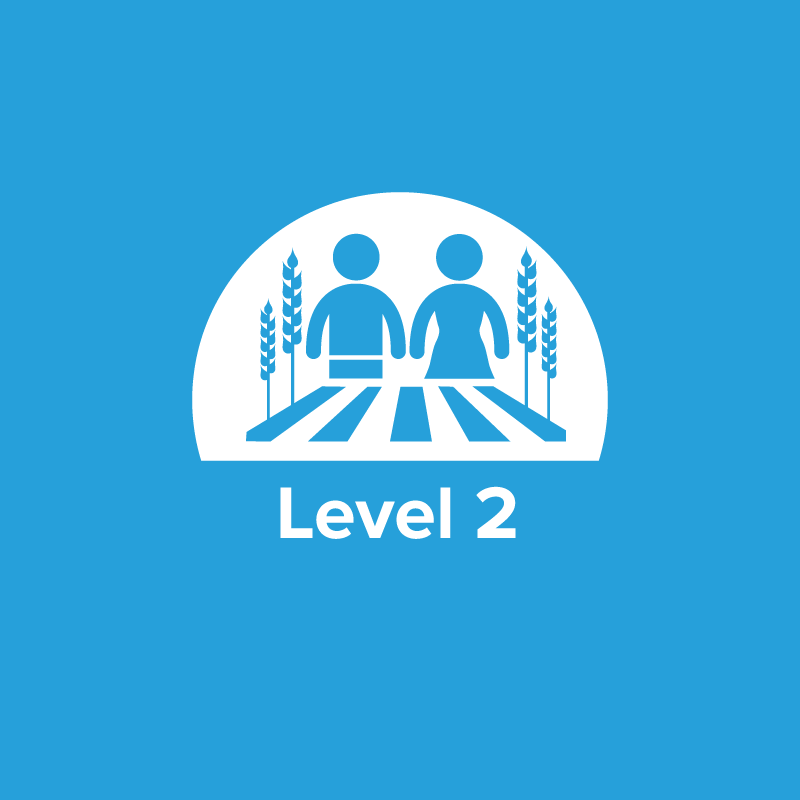
Students will identify nitrogen, potassium and phosphorus as primary soil nutrients necessary in the production of abundant and healthy foods, describe various methods of replenishing soil nutrients that have been depleted by plant growth, discover how overall plant health impacts a plant’s ability to resist disease and pests and describe what best management practices are in agriculture to improve overall sustainability.
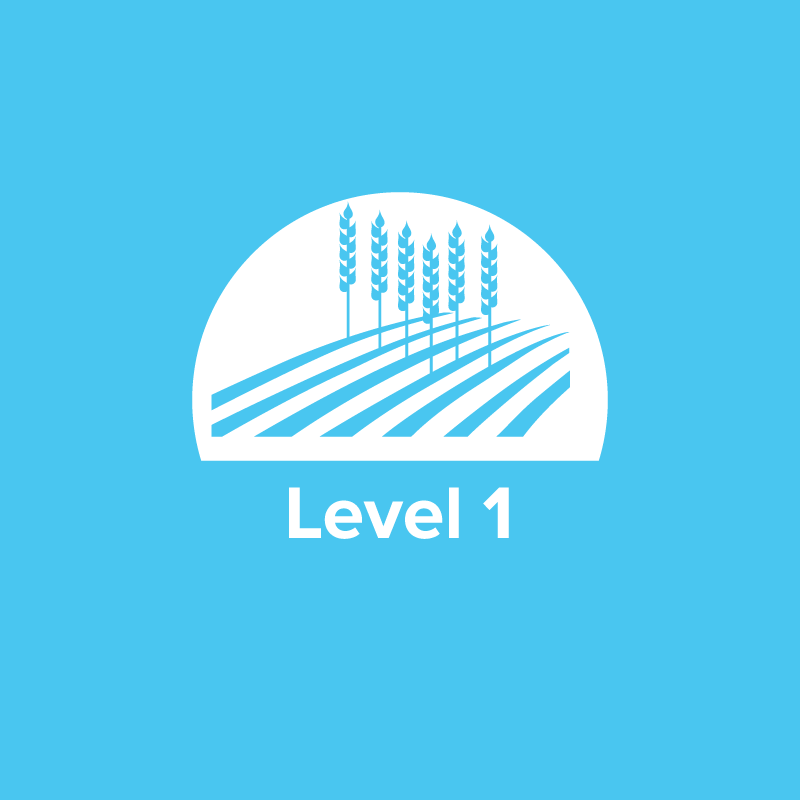
Students will explore the question, “How will we sustainably feed nearly 10 billion people by the year 2050?” as they discover what sustainable agriculture is and how it is critical to securing a stable food supply and future for a growing population.